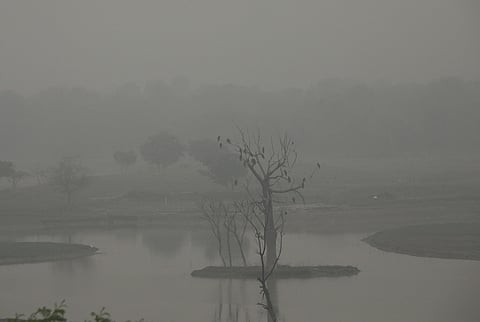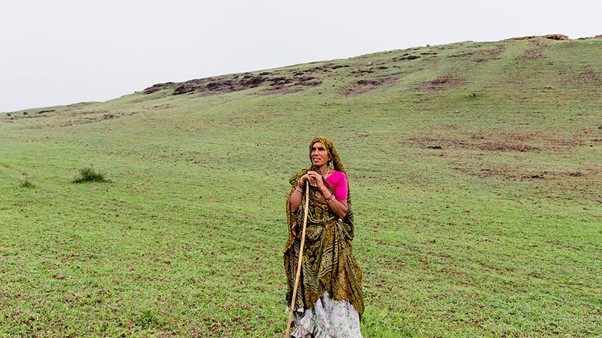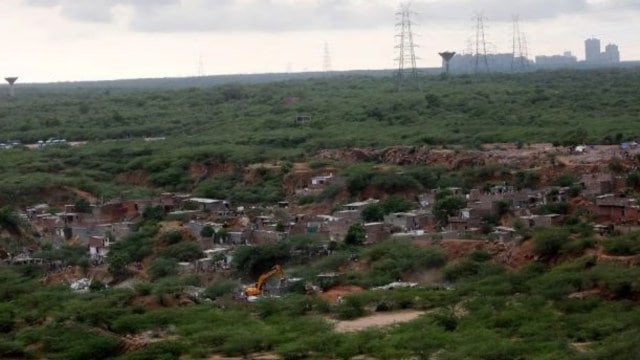




Disclaimer: Copyright infringement not intended.
Three critically endangered Arabian leopard (Panthera pardus nimr) cubs or triplets have been born in Saudi Arabia.
|
Species |
Arabian leopard (Panthera pardus nimr) |
|
Native Location |
Arabian Peninsula |
|
Size |
Smallest leopard subspecies |
|
Physical Characteristics |
Fur varies from pale yellow to deep golden, tawny or grey with rosettes |
|
Habitat |
Mountains, uplands, hilly steppes |
|
Distribution |
Limited to the Arabian Peninsula, including Egypt's Sinai Peninsula |
|
Ecology and Behavior |
Nocturnal, sometimes active during the day, prefers well-vegetated terrain |
|
Prey |
Small to medium prey species |
|
Threats |
Habitat loss, degradation, and fragmentation |
|
Prey depletion due to unregulated hunting |
|
|
Trapping for the illegal wildlife trade |
|
|
Retaliatory killing in defense of livestock |
|
|
Status on IUCN Red List |
Critically Endangered since 1996 |
|
Estimated Population (2006) |
Fewer than 200 wild individuals |
|
Subpopulations |
Severely fragmented; no subpopulation larger than 50 mature individuals |
|
Population Trend |
Thought to be declining continuously |
|
Conservation Status |
Listed in CITES Appendix I |
|
Captive Breeding |
Breeding Centre for Endangered Wildlife, Sharjah |
Leopard Species |
Scientific Name |
Region |
Status |
Key Details |
|
African Leopard |
Panthera pardus pardus |
Sub-Saharan Africa |
Vulnerable CITES Appendix I. |
Largest leopard subspecies; variable fur pattern, primarily in savannas and forests. |
|
Persian Leopard |
Panthera pardus saxicolor |
Iran, Caucasus, Turkey |
Endangered |
Larger size compared to African leopards; adapted to mountainous regions. |
|
Indian Leopard |
Panthera pardus fusca |
India, Nepal, Sri Lanka |
Vulnerable |
Adapted to diverse habitats including forests, grasslands, and human-dominated areas. |
|
Sri Lankan Leopard |
Panthera pardus kotiya |
Sri Lanka |
Vulnerable |
Island population; smaller size, distinct rosette patterns. |
|
Javan Leopard |
Panthera pardus melas |
Java, Indonesia |
Endangered |
Small population isolated in the mountainous forests of Java. |
|
Amur Leopard |
Panthera pardus orientalis |
Russia (Siberia) |
Critically Endangered |
Most endangered leopard subspecies; adapted to cold climate, dense forests. |
|
Snow Leopard |
Panthera uncia |
Central Asia, Himalayas |
Vulnerable |
Highly adapted to high-altitude, rugged terrains; elusive, mostly solitary. |
|
Chinese Leopard |
Panthera pardus japonensis |
China |
Vulnerable |
Smaller compared to other leopard species; found in various habitats, including forests and mountains. |
Source:
|
PRACTICE QUESTION Q.Consider the following statements regarding the Arabian leopard:
How many of the above-given statements is/are correct? (a) Only one (b) Only two (c) All three (d) None Answer: a Explanation: Statement 1 is correct: The Arabian leopard (Panthera pardus nimr) is native to the Arabian Peninsula and is the smallest subspecies of leopard. Statement 2 is incorrect: The Arabian leopard has been listed as Critically Endangered on the IUCN Red List since 1996. Statement 3 is incorrect: The Arabian leopard prefers well-vegetated mountainous uplands and hilly steppes, not open plains or coastal lowlands. |







© 2025 iasgyan. All right reserved